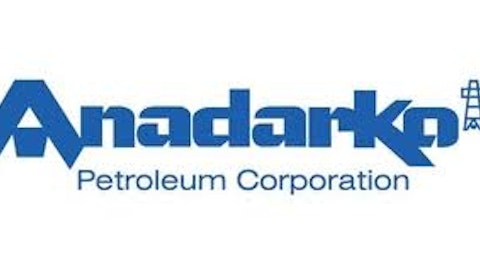On first thought, the announcement of the resignation of the CEO at SandRidge Energy Inc. (NYSE:SD) appears nothing to get excited about. Even if the market can blame Tom Ward for the stock weakness over the last few years, losing the founder of the company can’t be a good thing. The interesting part of this news is that the market has another prime example to follow. Not only did cross-town energy rival Chesapeake Energy Corporation (NYSE:CHK) recently force its CEO out, but also both CEOs started that energy firm together.
Though seen as more conservative than the wheeling and dealing Aubrey McClendon as the previous CEO of Chesapeake Energy Corporation (NYSE:CHK), Ward has come under fire for his drastic shifts in assets from buying the Gulf of Mexico assets to the sudden selling of the Permian basin assets. Whether the fault of these executives or not, the market has been in no mood for constantly shifting assets that are confusing to value. This can be seen in the better returns for steady natural gas producer Southwestern Energy Company (NYSE:SWN) .
Horrible returns
When reviewing the stock charts over the last two years, one can see that both the stocks of Chesapeake and SandRidge Energy Inc. (NYSE:SD) traded mostly in tandem until the pattern broke down starting in February. That period correlates when it became apparent that the CEO of Chesapeake Energy Corporation (NYSE:CHK) would be forced out. SandRidge Energy Inc. (NYSE:SD) has drastically underperformed during that time period while Southwestern Energy Company (NYSE:SWN) has outshined the group.
Buying and selling assets
Whether SandRidge Energy Inc. (NYSE:SD) under Tom Ward was increasing the value of assets, the constant buying and selling of assets has been out of favor for years. Especially considering the company utilized substantial debt loads in order to fund operations. What typically happens is that investors lose interest if they can’t understand the complex transactions taking place.
While focusing on onshore oil plays, the company famously purchased the offshore assets from Dynamic Offshore Resources for $1.275 billion in cash and stock in a shocking move to investors. The deal confused investors even though the company made a good case for the strong EBITDA generation from these assets that could fund onshore production. Further, the release in November that Permian assets were for sale and eventual agreement in December to sell them for $2.6 billion probably lost any shareholders left in the stock.
Whether the swapping of assets generated value on the balance sheet, it didn’t generate value for shareholders as investors questioned why the company bought a non-core asset to only end up selling a previously identified core asset.






